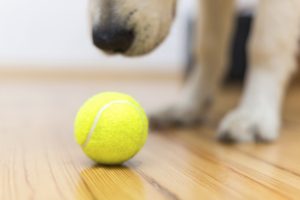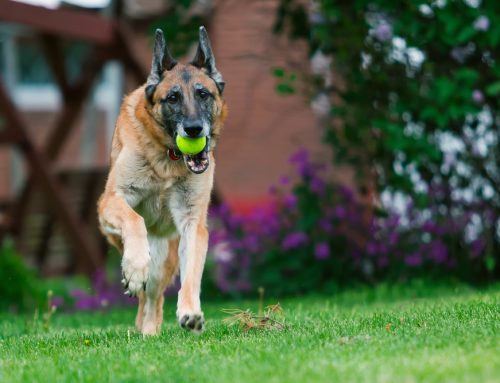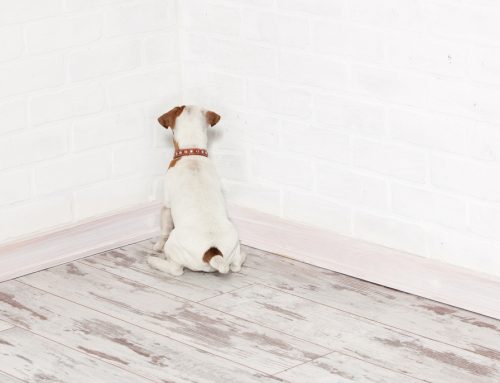 Thanks to advancements in veterinary medicine and increased owner involvement, our pets are living longer than ever. As a result, senior pet care has become more and more important.
Thanks to advancements in veterinary medicine and increased owner involvement, our pets are living longer than ever. As a result, senior pet care has become more and more important.
Although some pets may still run, jump, and behave like a young pup or kitten, what happens when an older pet starts to slow down? It may seem more considerate to allow him or her to rest, but a healthy senior must keep moving. Keep reading to learn more about senior pet exercise and how to keep your sweet senior in tip-top shape.
Don’t Relegate Me to the Couch
Your senior pet may struggle with mobility as a result of muscle mass deterioration, arthritis, and general aches and pains. However, it would be worse if he or she were to stop moving altogether and eliminated any semblance of physical activity. To help with this, regular fitness is ideal. Changes to diet may be necessary as well.
Before You Start
Senior pet exercise is critical to long term health. However, before making changes to your senior pet’s routine, we recommend a wellness visit. Senior pets should be seen twice a year in order to fine tune special needs and screen for age-related diseases. Some medications can also have side-effects, so it’s a good idea to verify an increase in activity won’t have any unintended consequences.
Senior Pet Exercise
Just like for humans, movement keeps muscles toned and the pounds off. By burning calories, your senior pet will remain at a healthy weight, making exercise much easier on the joints and bones. The following are a few tips for maintaining your senior pet’s overall physical wellness:
Walking (or running) on a regular basis – Keeping up a good pace is important for cardiovascular health. While your senior may not always feel up to jogging, providing the opportunity to perform can be worthwhile. A good rule is to remain close to home on a loop in case you need to turn back. Hills are excellent trainers to keep the hind legs strong.
Swimming – This low-impact workout not only helps the heart, it also develops muscle mass. Of course, keep pet water safety in mind, and let us know if you need any assistance.
Stretches or balancing – If your senior pet is open to trying new things, introduce some of these excellent stretches. Doing these before and after walks will help increase range of motion and flexibility.
No Excuses
Our team encourages you to keep senior pet exercise a top priority. Indeed, we all “lose it” if we don’t “use it,” and your senior pet is no exception. Please give us a call with any questions or concerns regarding senior pet care.




